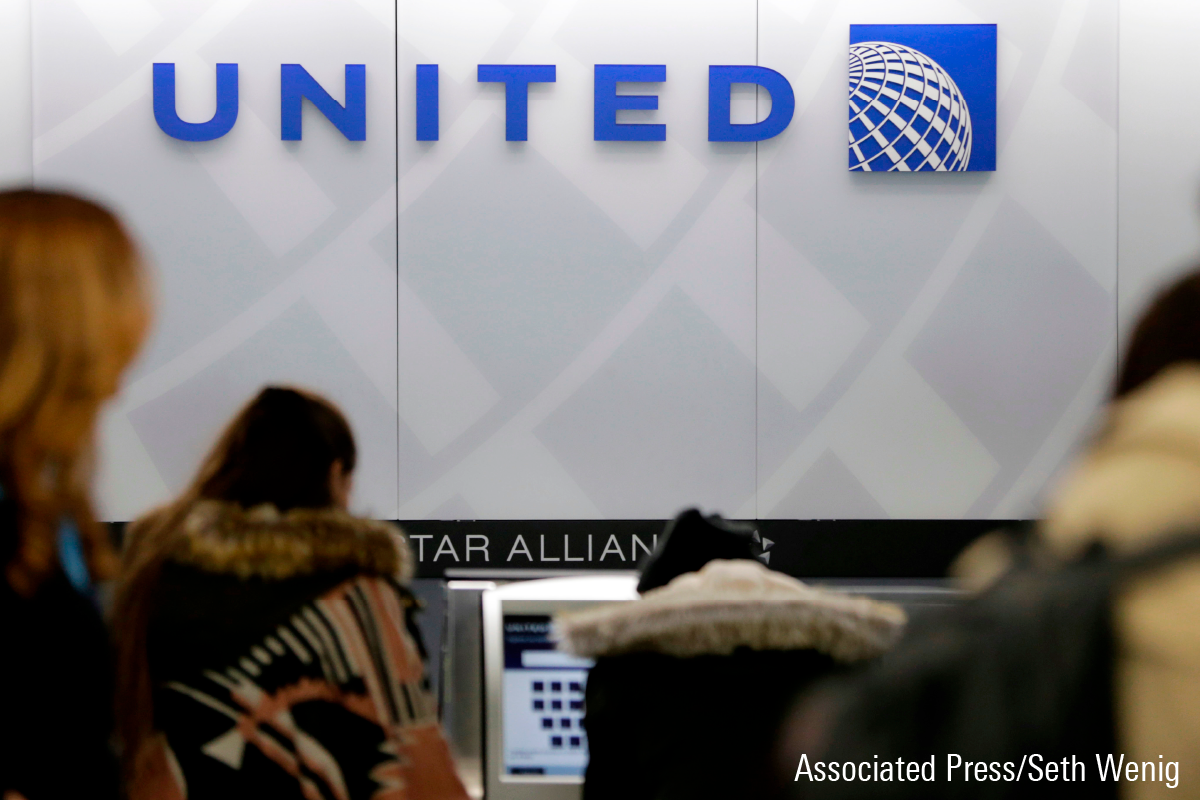Strong Air Travel Demand Continues for United
The worst of United’s operational cost challenges are behind the company, and demand for leisure travel remains robust.

We’ve maintained our $57 fair value estimate for United Airlines (UAL) following the company’s third-quarter earnings release. The no-moat airline reported strong results, with adjusted EPS of $2.81 exceeding the FactSet consensus estimate by more than 20%. Compared with the third quarter of 2019 (before the pandemic), passenger revenue per available seat mile increased approximately 20% and 29% for domestic and international routes, respectively. While United operated with about 10% less capacity (available seat miles) compared with 2019, pricing remains very robust—yield was about 22% higher than 2019—and load factors were modestly higher across both domestic and international routes.
Demand for leisure travel remains robust, and United management believes that hybrid work will permanently boost demand because work flexibility alleviates some travel barriers. COVID-19-related travel restrictions were one barrier that suppressed international travel during the pandemic, but now that many restrictions have been eased or eliminated, international travel has rebounded, and load factors have normalized to prepandemic levels.
Adjusted operating margin of 11.5% improved 330 basis points sequentially but was 170 basis points lower compared with the third quarter of 2019, primarily due to higher labor and fuel costs in the current-year period. Nevertheless, management expects about a 10% fourth-quarter adjusted operating margin, which would be roughly 100 basis points better than the fourth quarter of 2019. We agree with management’s assertion that the worst of United’s operational cost challenges are behind the firm, and we expect margin expansion will continue over the next few years, reaching around 11% by 2025.
Management’s fourth-quarter guidance includes a 24%-25% increase in total revenue per available seat mile on 9%-10% less capacity (compared with 2019). Management is also targeting about a 10% adjusted operating margin and adjusted EPS of $2.00-$2.25.
The author or authors do not own shares in any securities mentioned in this article. Find out about Morningstar’s editorial policies.


/d10o6nnig0wrdw.cloudfront.net/05-31-2024/t_99626deb19c94bd4a5c406e19350f0ee_name_file_960x540_1600_v4_.jpg)
/cloudfront-us-east-1.images.arcpublishing.com/morningstar/U4OLR5WQ3JFYDHD76KVW6URKTU.jpg)
/cloudfront-us-east-1.images.arcpublishing.com/morningstar/DOFK3IUSBRF5XHSFKBZHOG4J5A.jpg)